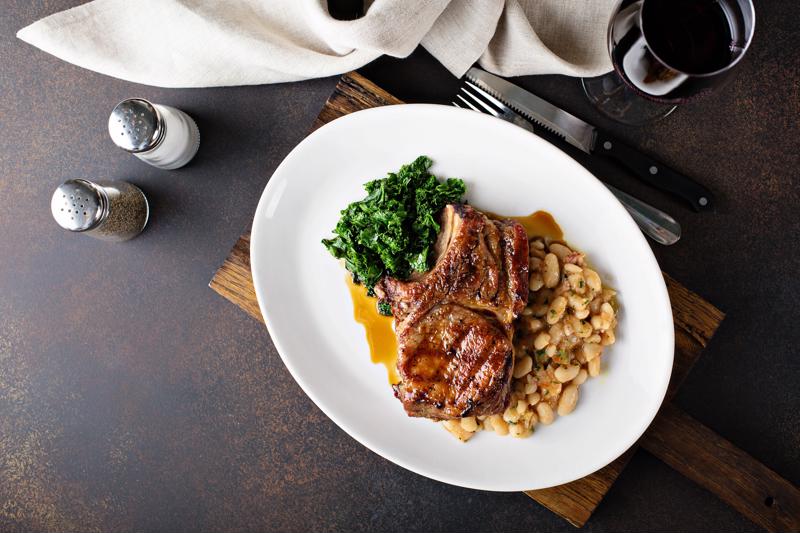Did you know that the apples Johnny "Appleseed" Chapman brought to states like Ohio and Pennsylvania weren't for eating? In the late 1700s and early 1800s, clean drinking water was limited in these frontier areas. Appleseed's mission was, at least in part, to make potable water more available to settlers, according to Smithsonian, and he achieved that goal by giving them the ingredients for hard apple cider. It's not water, but it sufficed as a safe source of hydration.
The fact that this boozy beverage was once a substitute for fresh water is a testament to its crisp, refreshing taste. With summer finally upon us, 'tis the season for refreshing beverages, especially in Austin. The city's own Eastciders is a bit of a rising star. Costco recently started selling the local company's ciders, according to Cooking Light, which have so far been met with roaring approval. Eastcider's newfound recognition is all the more reason for Austin culinary students to look for opportunities to include ciders on the menu this summer.
Light-bodied, crisp and cool
Cider is light-bodied and easy to drink. This, combined with light carbonation and the fact that cider is usually served chilled, makes it next-of-kin to a golden lager or shandy on a hot afternoon. Unlike its wheaty counterparts, though, cider is gluten-free. As we previously pointed out, this has been a driver for its popularity in recent years.
Many people still associate cider with autumn, partly because apple-picking and fall go together, and partly because of the assumption that most ciders are sweet and spiced. But whether made from apples or pears, ciders can also run on the drier side. The flavor profiles can also vary wildly. For example, Eastciders offers everything from ruby red grapefruit to lemon ginger, blood orange, watermelon (a summertime-only release) and more.
 Ciders can be used as a complement to – or as a flavoring agent for – a variety of dishes.
Ciders can be used as a complement to – or as a flavoring agent for – a variety of dishes.The wide variety of cider flavors also creates a wealth of pairing opportunities. According to Cidercraft Magazine, cheeses, meats and other savory foods pair well with semi-sweet ciders. Much like dessert wines, sweet ciders pair well with sweet dishes. For spiciness, consider going with a dry, slightly tart cider.
At the end of the day, though, trial and error is your best approach to finding pairings for your menu items, and the effort is worth it. Many connoisseurs say cider is more akin to wine than beer, according to Full Service Restaurant News. And like wine, finding a great food pairing can significantly improve the dining experience.
Cooking with cider
In the summer heat, most people are probably more interested in drinking cider than cooking with it. But for culinary students, there's plenty of room to experiment with cider in cuisine.
Food & Wine recommends using cider to braise a short rib or pork roast, or simmer it in a pan of garlic and herbs to create a glaze for chicken wings. Another idea, courtesy of Food52, is to steam brussels sprouts using cider. Some more possibilities include cider-infused barbecue sauce, a butternut squash risotto (replace the wine with cider) and maybe even a creative vinaigrette.
The beauty of cooking with cider is that the beverage has as much worth for a summer barbecue as it does for a winter stew. You can even serve up a mulled cider as part of your winter drink menu – summer only lasts so long, after all.
Cooking with tasty alcoholic beverages is a culinary pastime, and one of many skills you'll hone at the Escoffier Austin Culinary Arts Program. Whatever you do, don't forget about ciders this summer.

